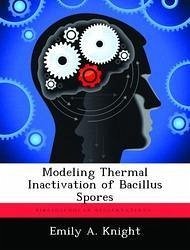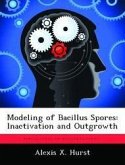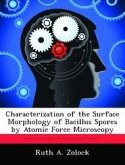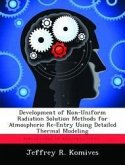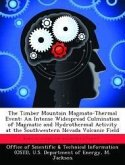This research models and analyzes methods to damage Bacillus anthracis spores through heat treatment. AFIT researchers have developed methods to characterize the effects of heating spores to high temperatures and for short durations similar to the thermal pulse of conventional weapon detonation. This research models the current experiment and evaluates the rate of thermal di usion throughout the spores. A micro-model of the ef effects of dry and wet heating on a spore is presented. Heating a spore energizes adsorbed, absorbed, and chemically bound water molecules. These energized molecules have greater mobility within the spore, as well as between the spore and the surrounding environment. The water release permits hydrolysis reactions to occur with the spore's DNA and proteins. This degrades the DNA and proteins to such an extent that the DNA cannot replicate, thus causing spore death. We assert that spore damage is based on an initial DNA information content and the spore population's protein tness. Once this protein tness level is degraded below a critical value, the DNA cannot be repaired. A probability of kill model based on water mobility, hydrolysis, a spore's DNA information content, and the spore population's protein tness.

